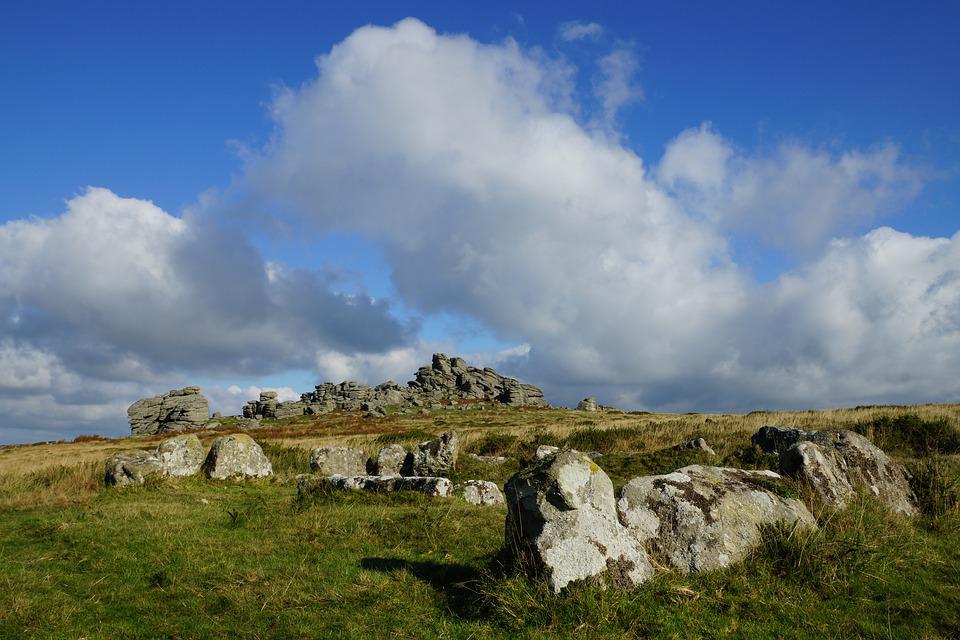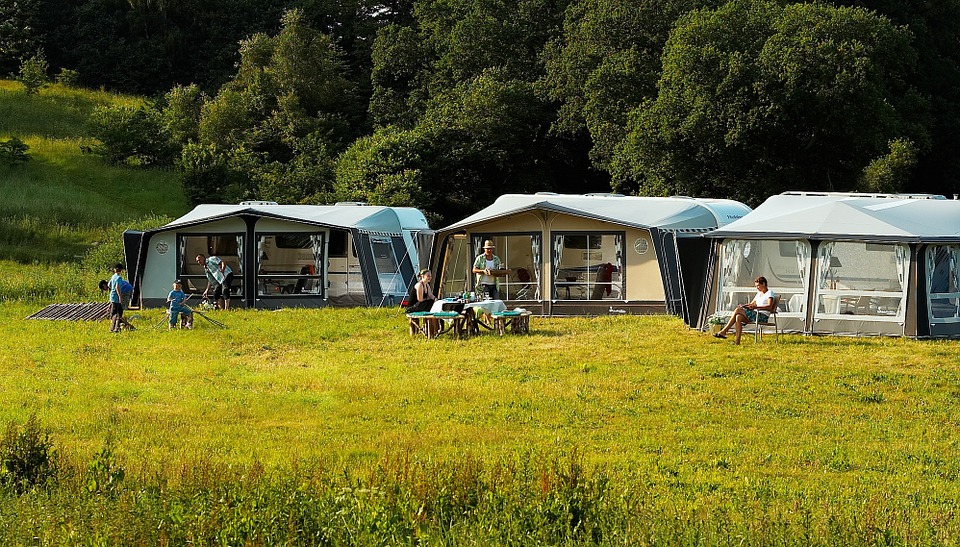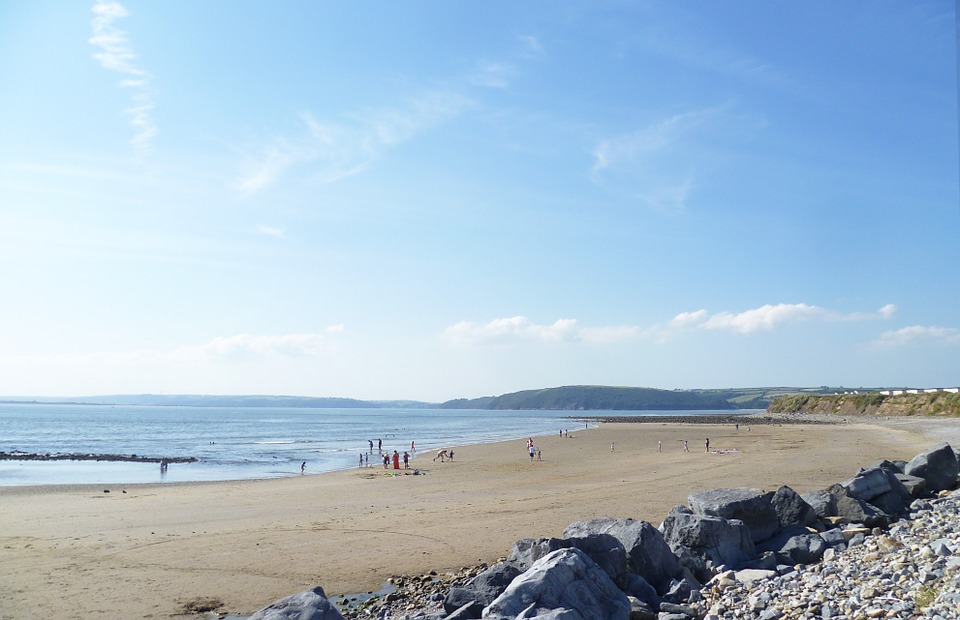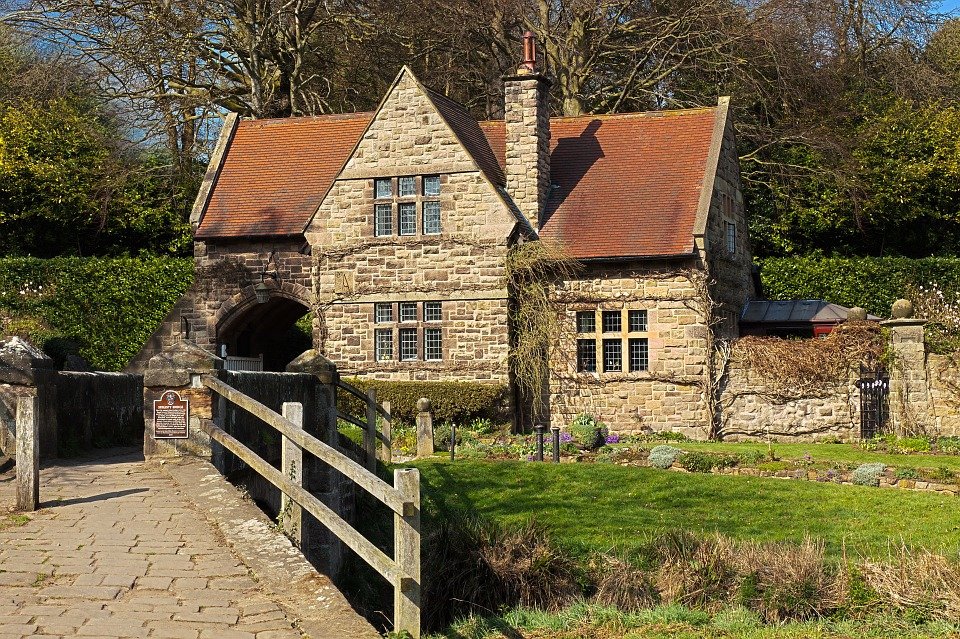UK staycations: As English wines become ever more popular and highly regarded, an increasing number of hoteliers are growing their own grapes to show guests and the rest of the world the quality on offer this side of the Channel.
Celebrity chef Michael Caines is bottling the first wines grown in the vineyard he planted four years ago in the grounds of his upmarket Lympstone Manor hotel, in East Devon.
Mr Caines said the vineyard was “always going to be a focus for the hotel given its southwest-facing parkland overlooking the Exe estuary”.
In 2018, he planted 17,500 vines, growing Pinot Noir, Pinot Meunier, and Chardonnay grapes with the aim of making “some of the finest English sparkling wine in Devon”.
However, the first wine to be bottled will be a red, “the quality of which even surprised us”, he said.
In 2020, the first harvest took place, and with the help of the Lyme Bay Winery, two wines were produced, a standalone Pinot Noir and a traditional English sparkling wine, which remains only part way through the winemaking process.
Contact us today to speak with a specialist Holiday Let Broker to discuss how we can assist you
The Pinot Noir is being launched this month ahead of the sparkling wine’s launch next year. With a nod to the ancient stretch of coastline on which the vineyard has been created, the Pinot Noir carries the name Triassic.
“I feel an immense sense of pride as well as extreme gratitude for the support we have received since we opened our doors five years ago,” said Mr Caines, who has also just launched the new pool house at Lympstone Manor.
“I set out to create somewhere very special, that combines exceptional luxury with ultimate comfort, where people can come to relax, unwind and be looked after.
“The past two years have been particularly challenging for everyone, hopefully we are now emerging to brighter days.”
Lympstone Manor is not the only hotel to have capitalised on the growing clamour for English wines. There are plenty of hoteliers hoping to create their own vintages.
Discover our Holiday Let Mortgage Broker services.
At the upper end of the price range, alongside Lympstone Manor, is Black Chalk Vineyard in Hampshire. It also sits next to water, and offers treehouses dotted throughout its woodland, from which guests can sample its award-winning sparkling wine.
One of the oldest vineyards in the UK is Three Choirs in Gloucestershire. Visitors cans even sleep among the vines on the 75-acre estate in a luxury lodge. Its wines have won a string of awards, and are suitable for both vegetarians and vegans.
While the south of England, especially the south-east, is the traditional hotbed for English vineyards, Ryedale bucks that trend and is the northern most location producing wines in the country.
Sitting at the foot of the Yorkshire Wolds and close to the market town of Malton in North Yorkshire, Ryedale produces red, white, rosè and sparkling wines across just six acres. Visitors can also relax after an evening sampling the produce in one of two en-suite rooms in the farmhouse.
By David Parsley
Source: iNews








